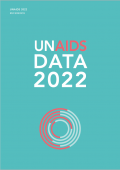What's New
Displaying results 141 - 150 of 4899
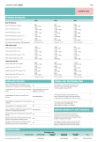
Resource | Fact Sheets,
HIV country profiles are based on data reported by countries which are published as part of UNAIDS' Data Book. HIV country profiles provide an overview of the latest available data on the HIV epidemic and response in the countries from 2022.

Resource | Fact Sheets,
HIV country profiles are based on data reported by countries which are published as part of UNAIDS' Data Book. HIV country profiles provide an overview of the latest available data on the HIV epidemic and response in the countries from 2022.
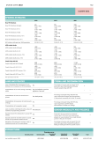
Resource | Fact Sheets,
HIV country profiles are based on data reported by countries which are published as part of UNAIDS' Data Book. HIV country profiles provide an overview of the latest available data on the HIV epidemic and response in the countries from 2022.

Resource | Fact Sheets,
HIV country profiles are based on data reported by countries which are published as part of UNAIDS' Data Book. HIV country profiles provide an overview of the latest available data on the HIV epidemic and response in the countries from 2022.
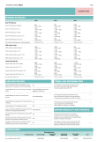
Resource | Fact Sheets,
HIV country profiles are based on data reported by countries which are published as part of UNAIDS' Data Book. HIV country profiles provide an overview of the latest available data on the HIV epidemic and response in the countries from 2022.
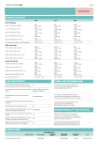
Resource | Fact Sheets,
HIV country profiles are based on data reported by countries which are published as part of UNAIDS' Data Book. HIV country profiles provide an overview of the latest available data on the HIV epidemic and response in the countries from 2022.
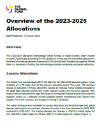
Resource | Publications,
Overview:
The 2023-2025 allocation methodology drives funding to higher burden, lower income countries, specifically accounting for HIV epidemics among key and vulnerable populations, the threat of multidrug-resistant tuberculosis (TB) and the risk of malaria resurgence. Where there is a decrease in funding, the methodology provides sustainable and paced reductions.
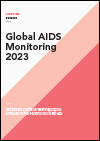
Resource | Publications,
The indicators and questions in this document are designed for use by national AIDS programmes and partners to assess the state of a country’s HIV and AIDS response, and to measure progress towards achieving national HIV targets. Countries are encouraged to integrate these indicators and questions into their ongoing monitoring efforts and to report comprehensive national data through the Global AIDS Monitoring (GAM) process. In this way they will contribute to improving understanding of the global response to the HIV epidemic, including progress that has been made towards achieving the commitments and global targets set out in the new United Nations Political Declaration on HIV and AIDS: Ending Inequalities and Getting on Track to End AIDS by 2030, adopted in June 2021, and the linked Sustainable Development Goals.
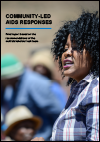
Resource | Publications,
From 2020 to 2022, representatives of governments, civil society organizations and donors jointly deliberated on definitions and recommendations for scaling up and reporting on community-led AIDS responses and community-led organizations engaged in the AIDS response. This final report on community-led AIDS responses based on the recommendations from the Multistakeholder Task Team on community-led AIDS responses documents this work and the resulting recommendations.






